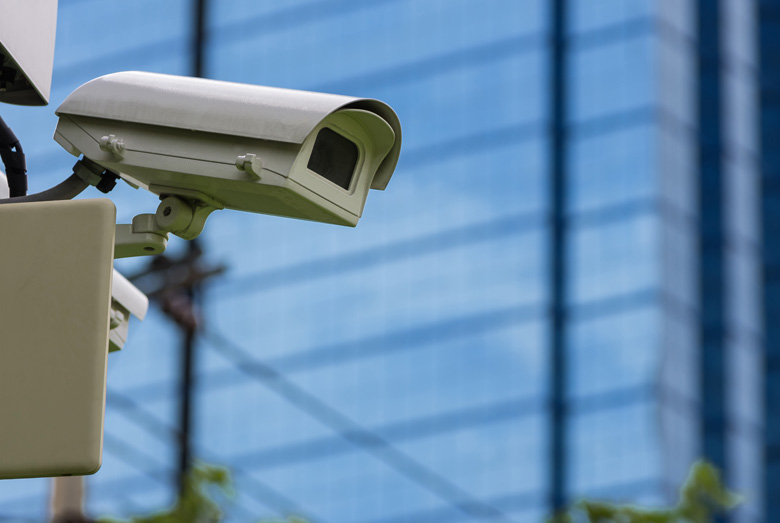AI’s Influence on Surveillance: Improving Security, Monitoring, and Data Analysis
Artificial Intelligence AI has had a transformative impact on surveillance systems, revolutionizing how security, monitoring, and data analysis are approached across various industries. Traditionally, surveillance systems relied heavily on human observation and basic automated tools, often leading to inefficiencies and human error. However, AI technologies are now playing a critical role in enhancing the efficiency, accuracy, and overall effectiveness of surveillance operations. AI-driven tools are capable of processing vast amounts of data in real-time, allowing for quicker decision-making and more precise threat detection. One of the primary areas where AI has significantly improved security is through intelligent video surveillance. With the help of advanced computer vision algorithms, AI-powered cameras can analyze footage in real-time to identify unusual behavior, potential threats, or criminal activity. These systems are capable of recognizing faces, detecting movements, and even distinguishing between different objects, such as vehicles and people. For instance, AI can be used to track individuals or vehicles across multiple cameras in a facility, offering enhanced security without the need for human intervention.

This predictive analysis can help security personnel proactively address issues before they become significant problems. By analyzing historical data and learning from past incidents, AI systems can generate accurate risk assessments and offer recommendations to improve the security of a given area. Another area where AI is making a profound impact is in data management and analysis. Surveillance cameras and other monitoring tools generate an enormous amount of data, but without advanced AI systems, this information can quickly become overwhelming. AI tools are capable of sorting through and analyzing this data at a speed and scale that humans cannot match. Machine learning models are trained to sift through terabytes of footage, recognizing patterns and anomalies without manual intervention. This ability to filter out irrelevant data and focus on key insights significantly reduces the time spent by security teams in analyzing footage and increases their operational efficiency. check it out https://roboticsandautomationnews.com/2021/01/28/the-impact-of-artificial-intelligence-on-the-surveillance-industry/40024/.
Furthermore, AI systems improve the accuracy of surveillance systems by eliminating human errors associated with manual monitoring. In traditional setups, human operators might miss crucial events or fail to detect potential threats in real-time. AI, on the other hand, can maintain a level of constant vigilance and consistency, never tiring or becoming distracted. By providing real-time insights and automated alerts, AI ensures that security teams are always informed, enhancing overall safety in public spaces, private properties, and businesses. Its ability to process vast amounts of data, identify patterns, and detect anomalies in real-time is revolutionizing traditional security practices, providing enhanced safety and efficiency. As AI continues to evolve, the future of surveillance will become increasingly intelligent, autonomous, and capable of offering even more sophisticated security solutions for a wide range of applications.